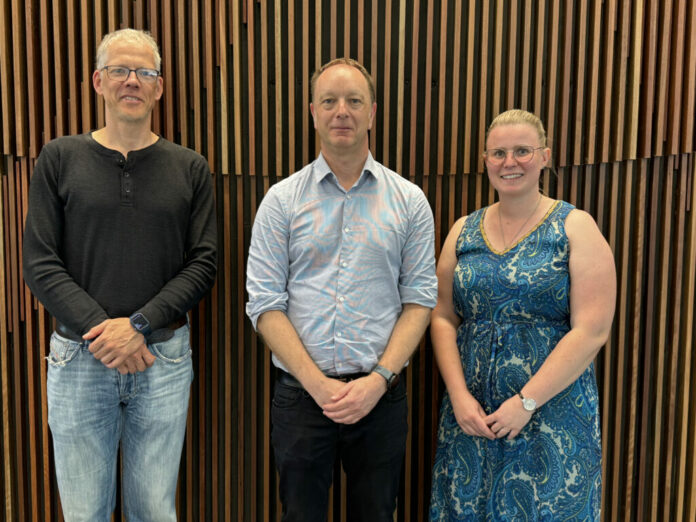To withstand the extreme loads, vibrations and shocks of launch without failure, it is of paramount importance that launch vehicles benefit from scalable production of low-weight and high-strength structures and parts.
To meet this requirement, the team behind the iLAuNCH Trailblazer project will use carbon composite technology to reduce satellite mass. To do so, they will rely on AM to develop large-scale carbon composite structures for rockets.
The Innovative Launch, Automation, Novel Materials, Communications and Hypersonics (iLAuNCH) Trailblazer is a $180 million program building Australia’s enduring space capability through the commercialization of projects, a fast-track accelerator, and skills development to build the workforce of the future.
New Frontier Technologies (NFT) will provide its design and advanced manufacturing expertise to create structures suitable for rocketry applications, along with the Australian National University’s (ANU) Australian Advanced Instrumentation Centre (AITC), and the X-ray Computed Tomography laboratory (CTLab) for testing.
“This is another world-class approach to lay up space-grade carbon-fibre and then digitally model that for scale and repeatable design,” said iLAuNCH Trailblazer Executive Director, Darin Lovett. “As we make progress in developing sovereign capability for space applications, we know these products will also benefit defense, aerospace, and other sectors that require high-value, bespoke composite structures.”
Using an ANU high-resolution CT scanner to assess and mature the manufacturing process the collaboration will build a functional digital twin of the rocket bodies to assess, qualify and enhance the fidelity of structural simulation models.
The application of x-ray computed tomography (CT) and 3D multiscale modelling at ANU will provide high-fidelity simulation. The CT will capture the detailed microstructure features, such as fiber alignment and voids, that can be reflected in the simulation models. 3D models will provide a detailed digital profile, with capability for performance simulation of every manufactured component, which is the foundation for digital certification.
The project lead, New Frontier Technologies has developed innovative design-for-manufacture (DfM) strategies for scalable, additive manufacturing of space-grade carbon-fibre structures using laser-assisted automated tape placement (ATP).
“This is the only ATP manufacturing capability of its kind in Australia and has been proven in European (ESA) projects for manufacture of high-performance composite structures for space applications,” said New Frontier Technologies Director and CEO, Paul Compston.
By joining forces, iLAuNCH, ANU and NFT will develop a qualified manufacturing process that will directly contribute to the development of rocket manufacturing in Australia through the optimization of automated additive manufacturing technologies.
Remember, you can post job opportunities in the AM Industry on 3D ADEPT Media free of charge or look for a job via our job board. Make sure to follow us on our social networks and subscribe to our weekly newsletter : Facebook, Twitter, LinkedIn! If you want to be featured in the next issue of our digital magazine or if you hear a story that needs to be heard, make sure to send it to contact@3dadept.com


